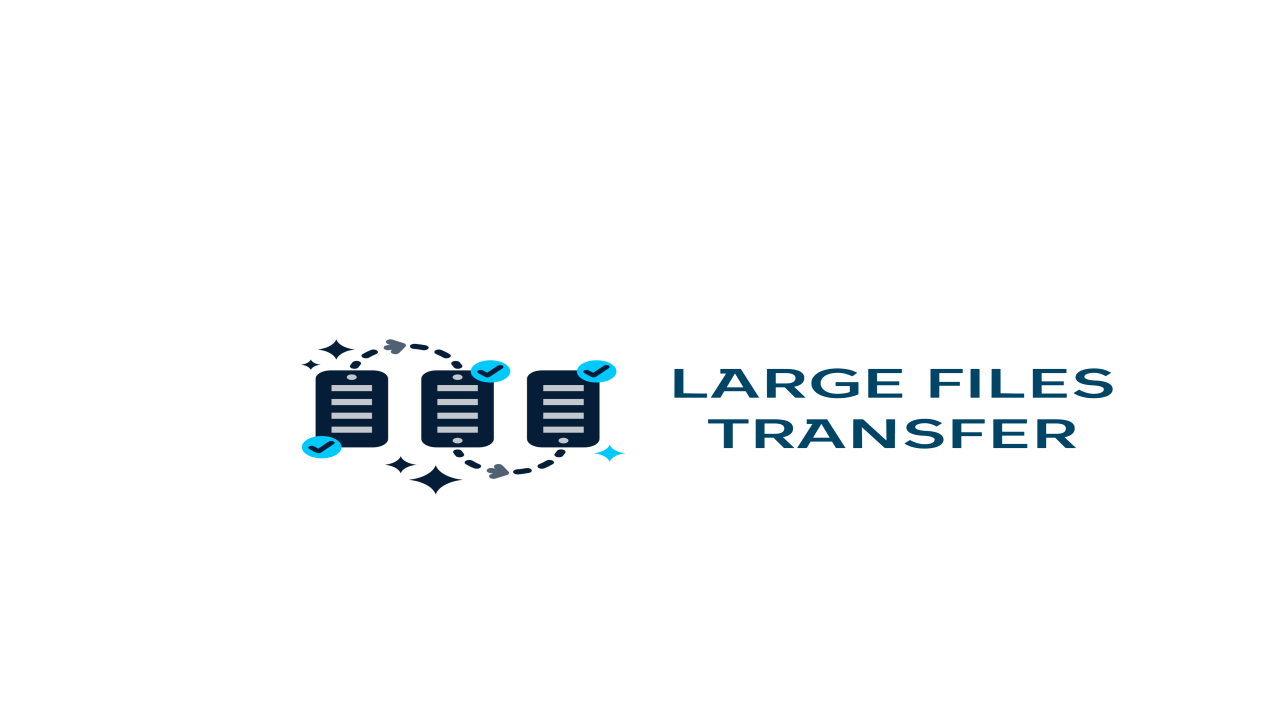Understanding the Distinctions Between File Transfer and Data Migration
In the realm of data management and information technology, the processes of file transfer and data migration are often used interchangeably, yet they entail distinct objectives, methodologies, and outcomes. Understanding the differences between these two fundamental data movement processes is essential for organizations seeking to optimize data workflows, streamline operations, and maximize efficiency. In this blog post, we'll delve into the nuances of file transfer and data migration, exploring their unique characteristics, applications, and implications.
File Transfer:
File transfer refers to the movement of individual files or collections of files from one location to another, typically across networks or storage devices. It involves copying files from a source location to a destination location without fundamentally altering the structure or format of the data. File transfers are often conducted for purposes such as sharing documents, distributing multimedia files, or backing up data.
Key Characteristics of File Transfer:
-
Individual Files: File transfer focuses on moving individual files or directories from one location to another. It involves selecting specific files or folders for transfer based on user-defined criteria.
-
No Structural Changes: During file transfer, the structure and format of the data remain unchanged. Files are replicated or moved to the destination location without undergoing transformation or modification.
-
Transactional Nature: File transfers are typically transactional in nature, involving discrete operations to copy or move files between storage locations. Each file transfer operation is independent and does not depend on the state of other files.
-
Limited Scope: File transfer processes are often limited in scope, focusing on transferring files between specific locations or devices. They do not involve comprehensive data restructuring or transformation.
Data Migration:
Data migration, on the other hand, encompasses the broader process of relocating entire datasets, databases, or applications from one environment to another. It involves transferring data from legacy systems, databases, or storage platforms to new infrastructure, applications, or cloud-based environments. Data migration often entails complex transformations, restructuring, and validation processes to ensure data integrity and compatibility with the target environment.
Key Characteristics of Data Migration:
-
Bulk Data Movement: Data migration involves transferring large volumes of data, databases, or applications from one system to another. It encompasses the relocation of entire datasets or database schemas rather than individual files.
-
Structural Changes: Unlike file transfer, data migration may involve structural changes to the data, such as schema transformations, data format conversions, or data cleansing processes. Data may be reorganized, normalized, or aggregated to align with the requirements of the target environment.
-
Continuous Process: Data migration is often a continuous process that spans multiple phases, including planning, extraction, transformation, validation, and loading (ETL). It requires careful coordination and synchronization to ensure data consistency and integrity throughout the migration process.
-
Comprehensive Scope: Data migration initiatives typically have a comprehensive scope, encompassing the migration of entire datasets, databases, or application stacks from one environment to another. It may involve migrating data between on-premises systems, cloud platforms, or hybrid environments.
Key Differences Between File Transfer and Data Migration:
-
Scope: File transfer focuses on moving individual files or directories, whereas data migration involves relocating entire datasets, databases, or application stacks.
-
Structural Changes: Data migration may involve structural changes to the data, such as schema transformations or data format conversions, whereas file transfer maintains the structure and format of the data.
-
Transactional Nature: File transfer operations are typically transactional and independent, whereas data migration involves a continuous, multi-phase process with dependencies between stages.
-
Complexity: Data migration is often more complex and resource-intensive than file transfer, requiring careful planning, coordination, and validation to ensure data integrity and compatibility.
Conclusion:
In summary, while file transfer and data migration both involve the movement of data from one location to another, they serve distinct purposes and entail different methodologies. File transfer focuses on moving individual files or directories without altering the data structure, whereas data migration involves relocating entire datasets or application stacks, often with structural transformations and validation processes. By understanding the differences between these two data movement processes, organizations can effectively plan, execute, and optimize their data management strategies to meet their specific needs and objectives. Whether transferring files between storage locations or migrating data between systems, organizations can leverage the appropriate techniques and technologies to streamline data workflows, enhance efficiency, and unlock the full potential of their data assets.






Comments (0)